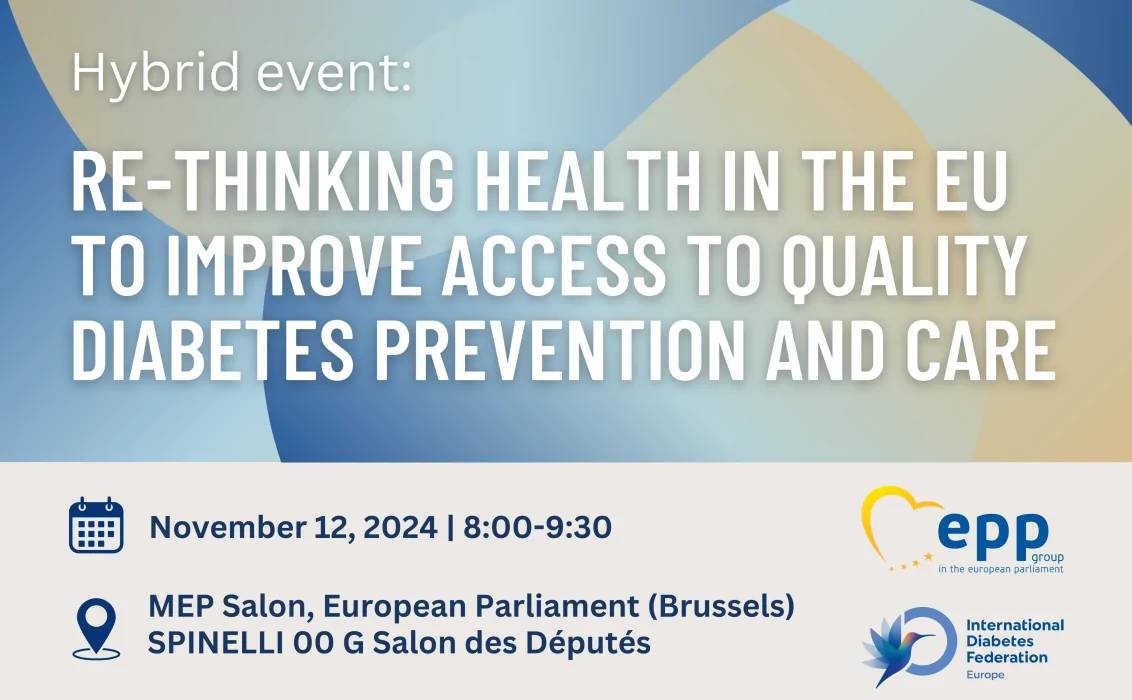Today is International Women’s Day, a global event to recognise the achievements of women and to raise awareness of gender equality. The global campaign this year launched by UN Women is centred around the theme “Gender equality today for a sustainable tomorrow”.
Women are at the forefront of the fight for a sustainable tomorrow as they are leading and driving change in climate adaptation, mitigation, and solutions across the globe. Without the inclusion of half of the world´s population, achieving the 16 Sustainable Development Goals (SDGs) adopted in 2015 by all UN members would not be achievable. Women across the globe also face the highest impact from the climate crisis which greatly intensifies existing, deeply entrenched socio-economic gender inequalities that must be addressed. A UN report on women and climate change reports that women represent 70% of the 1.3 billion people that are living in poverty with a large majority living in rural areas that are highly dependent on local natural resources . Women from rural areas living in poverty are often responsible for securing water, food and fuel for cooking and are therefore faced with the greatest challenge from climate catastrophes such as droughti. Those women are also faced with unequal access to decision-making processes and their limited mobility mean that they are disproportionally affected by climate change [i]. Tackling gender inequality in all dimensions from education to health is crucial for women to lead the way for a sustainable tomorrow. Inequalities in health have a very negative impact on women´s lives and livelihoods and must be addressed.
Women living with diabetes also face an extra burden, which IDF Europe would like to outline today to foster action that promotes equality for all.
Over 61 million people currently live with diabetes in Europe, of whom 30 million people are women [ii]. While undiagnosed diabetes and diabetes which is not successfully brought into optimal range affect everybody’s health outcomes and quality of life and can lead to devastating complications, an increasing body of evidence suggests that diabetes adversely affects women more than men. For example, studies from The Lancet Diabetes & Endocrinology have shown that women with Type 1 Diabetes (T1D) are at a 40% higher risk of premature death than their male counterparts. Women with Type 2 Diabetes (T2D) have a 27% increased risk of stroke and a 44% increased excess risk of coronary heart disease than their male counterparts. Data from some high-income countries has also shown that women were less likely to receive care as per recommended guidelines and also less likely to adhere to strict glycemia-lowering therapy [iii]. Cross-sectional studies have shown similar results in terms of gender differences in several European countries such as the UK, Germany and Italy [iv].
In addition to biological factors linked to sex differences, several gender-based factors may also be at play which explain this disparity [v]. These include barriers linked to health system delivery and health-seeking behaviour as well as psychological factors and other factors linked to the socio-economic determinants of health. These barriers are similar to what women face for other NCDs such as cardiovascular diseases and cancer.
Such barriers might also be behind the results of a study in Germany looking at the heterogeneity in access to insulin pumps, which demonstrated, for example, that gender led to a slight difference in the use of insulin pumps but the study was inconclusive as to the underlying reasons for this disparity [vi].
The burden and the impact of Gestational Diabetes (GDM), which affects over one in seven pregnancies in Europe, adds to the complexity and inequality. GDM is a severe and neglected threat to maternal and child health. Over half the women who experienced GDM go on to develop T2D three to six years after delivery and GDM increases pregnancy-related complications such as high blood pressure, large birth weight babies and obstructed labour [i]. A study on more than 47,900 deliveries over a decade have demonstrated that GDM increases the risk for cardiovascular mortality in women [vii]. Studies have also shown that pregnancies in women living with diabetes can worsen pre-existing diabetic retinopathy leading to significant visual impairment as well as worsen pre-existing kidney diseases [viii].
The mental and psychological impact of living with diabetes has also been proven to affect women more. The American Diabetes Association estimates that women are twice as likely than men to suffer from depression and anxiety related to living with diabetes. This may be partly due to hormonal changes associated with menstrual cycles, menopause, and pregnancy that can make it difficult to manage blood glucose levels, but also specific stress factors such as the greater risk of miscarriages or babies born with birth complications in women living with diabetes [ix].
To tackle the modifiable risk factors linked to gender, it is critical for governments and healthcare systems to develop a comprehensive multidisciplinary strategy involving economic, social and environmental determinants and including:
- The development of specific approaches to diabetes prevention, education and care for women and girls
- Equitable access to care, irrespective of gender
- An increase in the awareness of the disparities in access and outcomes among policymakers and healthcare professionals
- More research into sex/gender-specific disparities in diabetes health outcomes
On International Women´s Day 2022, IDF Europe calls for an end to gender-driven inequities and strongly supports efforts to improve equitable access to care for all “without gender equality today, a sustainable future, an equal future, remains out of reach” [x].
[i] United Nations. (2020). Women…In The Shadow of Climate Change. https://www.un.org/en/chronicle/article/womenin-shadow-climate-change
[ii] Diabetes Atlas 10th Edition, International Diabetes Federation
[iii] Lancet Diabetes Endocrinology. (2017). Sex disparities in diabetes: bridging the gap. Lancet Diabetes Endocrinol, 5(11), 839.
[iv] Suresh, N., & Thankappan, K. R. (2019). Gender differences and barriers women face in relation to accessing type 2 diabetes care: A systematic review. Indian Journal of Public Health, 63(1), 65.
[v] Kautzky-Willer A, Harreiter J, Pacini G. Sex and Gender Differences in Risk, Pathophysiology and Complications of Type 2 Diabetes Mellitus. Endocr Rev. 2016;37(3):278-316. doi:10.1210/er.2015-1137
[vi] Auzanneau, M., Rosenbauer, J., Maier, W., von Sengbusch, S., Hamann, J., Kapellen, T., … & Holl, R. W. (2021). Heterogeneity of Access to Diabetes Technology Depending on Area Deprivation and Demographics Between 2016 and 2019 in Germany. Journal of Diabetes Science and Technology, 15(5), 1059-1068.
[vii] Kessous, R., Shoham-Vardi, I., Pariente, G., Sherf, M., & Sheiner, E. (2013). An association between gestational diabetes mellitus and long-term maternal cardiovascular morbidity. Heart, 99(15), 1118-1121.
[viii] Kapur, A., & Seshiah, V. (2017). Women & diabetes: Our right to a healthy future. The Indian Journal of Medical Research, 146(5), 553.
[ix] The American Diabetes Association. (NA). Where Diabetes Meets Depression.
[x] UN Women. (2022). In Focus: International Women´s Day. https://www.unwomen.org/en/news-stories/in-focus/2022/03/in-focus-international-womens-day
Image news icon:
Source: Burcu Kölelifor UN Women (2022)



